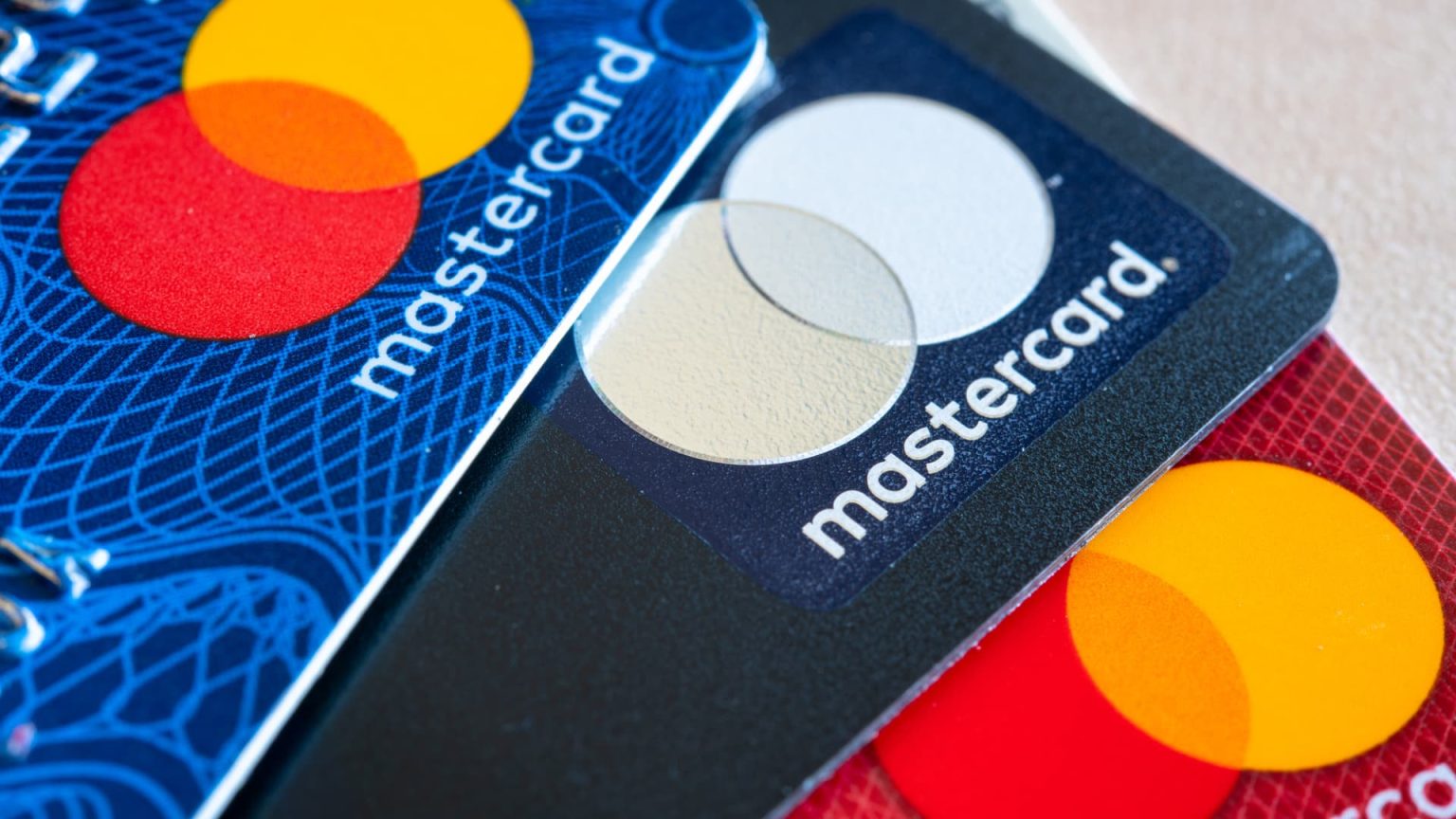By 2030, Mastercard will be implementing a new payment system in Europe that will eliminate the need for manual entry of card numbers when making online purchases. This will be replaced by a randomly-generated “token” that will enhance security and reduce fraud. The company has been working with various partners to phase out manual card entry and introduce a one-click button for online transactions across all platforms. This new system will also eliminate the need for consumers to repeatedly enter passwords and will allow for biometric authentication using a thumbprint.
The company believes that 100% tokenization across e-commerce sites will dramatically reduce fraud rates, which are expected to exceed $91 billion by 2028. This change will ensure that cards stored in merchants’ pages or electronic wallets are automatically updated when replaced or renewed, making the process more convenient for users. Mastercard’s adoption of this new system has been increasing at a rate of 50% each year and currently secures about 25% of all e-commerce transactions globally. This move towards tokenization is seen as a significant step in enhancing security and convenience for consumers, retailers, and card issuers alike.
Europe has been a leader in payments innovations, with the adoption of contactless payments and online banking. Mastercard views the continent as an ideal location to implement this new payment system, given its history of embracing new financial technologies. The company believes that reaching its vision of tokenization across all e-commerce transactions by 2030 will be beneficial for shoppers, retailers, and card issuers. By making the payment process more secure and streamlined, Mastercard aims to create a win-win-win situation for all parties involved in the transaction.
The evolution of payment methods over the years has been dramatic, from the introduction of credit cards in the 1950s to the widespread adoption of online payments in the early 2000s. Previously, bank clerks would manually check card numbers against a list of invalid numbers or call the issuing bank for verification. The use of “zip-zap” machines to imprint card numbers on carbon paper packets was common until the 1970s, when magnetic stripes and electronic payment terminals became prevalent. In more recent years, cards with microchips have become the norm, storing data on the card’s owner, number, and expiry date.
Mastercard’s new “embedded” payment system is poised to be a significant shift in the way payments are made online, comparable to the transition to chip and PIN or the adoption of contactless payments. The company aims to make the online payment experience as seamless as making a contactless payment in-store, enabling consumers to make purchases with one click across various devices, including smartwatches, home assistants, and cars. For instance, the partnership between Mastercard and Mercedes-Benz allows customers to make digital payments using a fingerprint sensor in their car at thousands of service stations in Germany. This new payment system is expected to revolutionize the online shopping experience, offering enhanced security and convenience for users.


